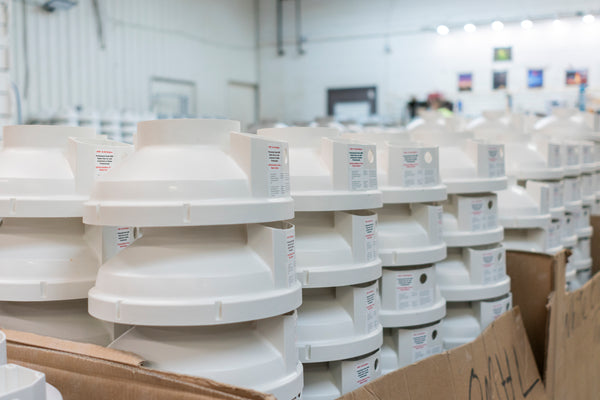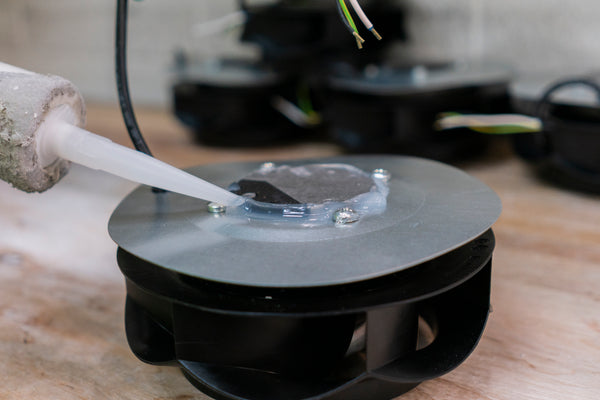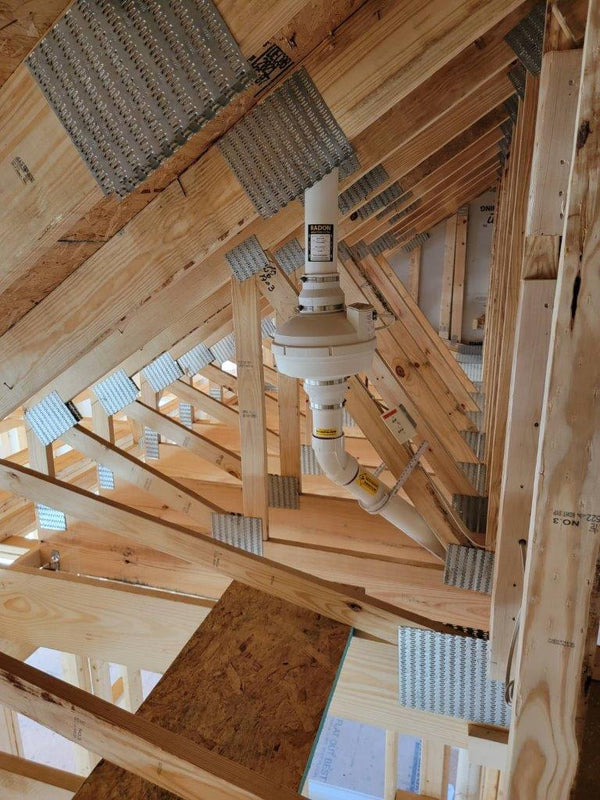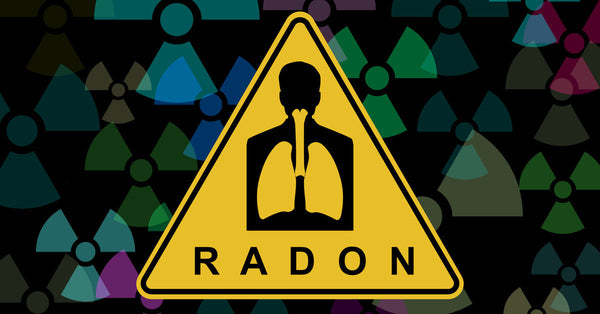
The Top 4 Areas Where Radon Can Build Up in the Home
Radon is a colorless, odorless, and tasteless radioactive gas that can infiltrate your home, raising the risk of lung cancer. Resting deep inside the earth, it finds its way into homes, where it builds up over many years. But which rooms offer the greatest risk of radon poisoning, and what can a homeowner do to prevent its infiltration? Here are the top four areas where radon can build up in the home.
Basements and Crawlspaces
Basements and crawlspaces are the frontlines in the battle against radon infiltration. Being close to and even below ground level, basements and crawlspaces run the greatest risk of radon buildup. Radon finds cracks, holes, gaps, and other openings in these areas that allow it to seep in and accumulate.
If a home with a basement or crawlspace isn’t already set up with a radon mitigation system, it’s a good idea to invest in one. Sealing up the previously mentioned entry points also helps keep radon levels lower.
Living Areas Above Basements
Basements are the primary entry points for radon, but radon doesn’t stay down there for long. As it builds up, it rises, enters, and settles in the areas directly above the basement through floor and wall gaps. Poorly ventilated homes run the risk of allowing radon to rest in these areas and spread throughout the home.
Once again, a radon mitigation system is the best defense. However, maintaining good ventilation through open windows and doors and strategically located fans helps keep radon flowing out of the house.
Utility Rooms
Rooms that house furnaces, water heaters, and similar appliances tend to be hotspots for radon as well. Gaps around pipe fittings, cracks in the floors and walls, and similar entry points allow radon to seep in. Such rooms usually lack windows or ventilation, so the air doesn’t flow well, and radon has no way to escape.
As ever, sealing up entry points keeps radon out, and running fans ensures better ventilation.
Bathrooms
Surprise! Bathrooms are often spots where radon crawls in and builds up. Unsealed cracks around bathtubs, shower stalls, and toilet bases let radon in, and the moisture that’s almost always present in bathrooms exacerbates the issue.
Again, check for cracks and other entry points and seal them off with a silicon-based caulk. Opening windows occasionally isn’t a permanent fix, but it helps keep the air fresh and clean.
Those are the top four areas where radon can build up in the home. If you have concerns about radon in your home (and even if you don’t), radon testing is a good idea. Contact us for a consultation! We offer radon testing and equipment, including crawlspace supplies and more. We look forward to hearing from you!

